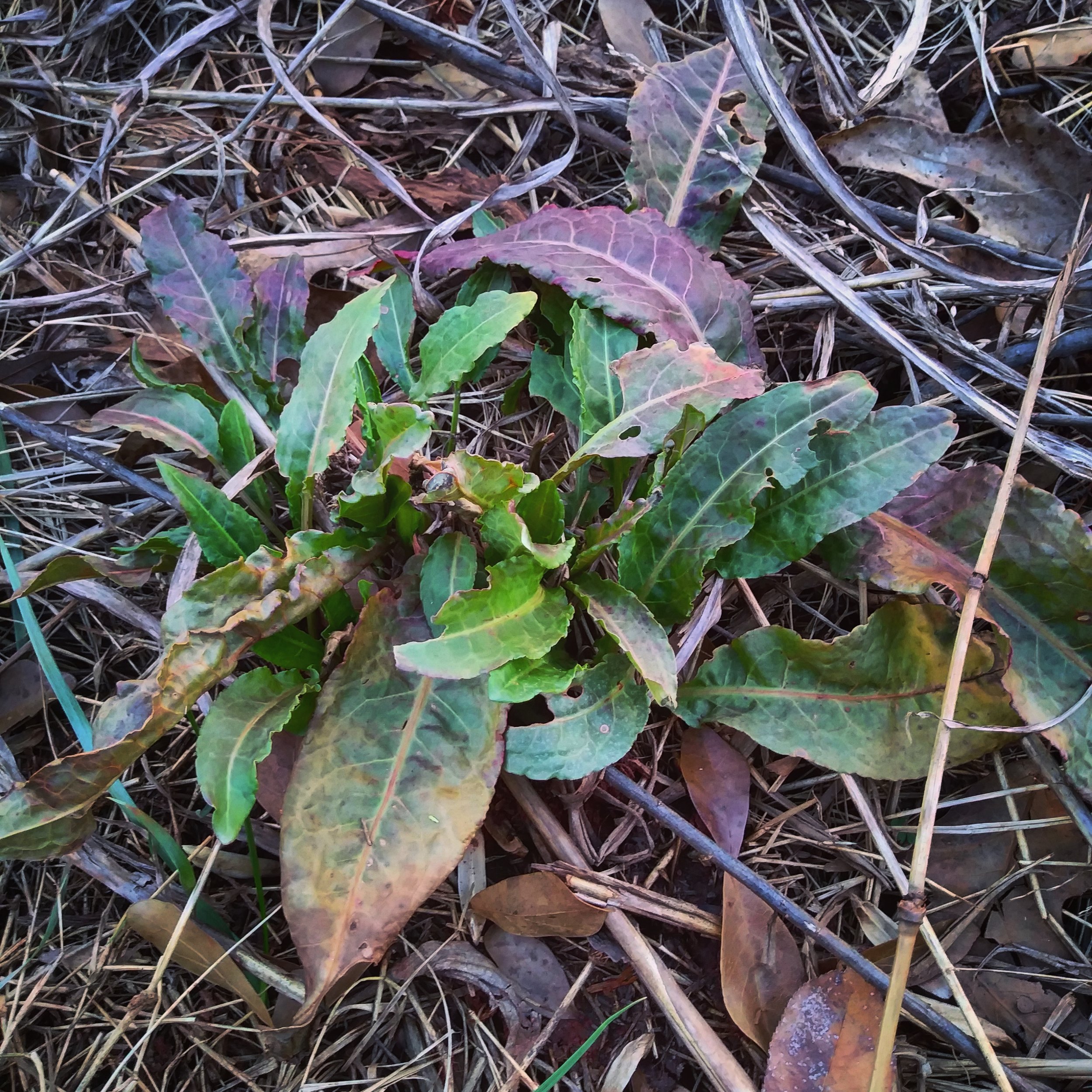“At SARCRAFT, we believe in staying the course and prevailing against all odds. We believe in living in victory, and thriving instead of merely surviving. And we believe that challenges and hardships, no matter how difficult, are blessings. Because they show us just what we’re made of, and give us the opportunity to become that much stronger.”
Read more#WildEdibleWednesday 10/10 - Goldenrod
“Goldenrod gets a bad rap for causing fall allergies, and it’s not surprising why… the bright yellow flower heads look like pure pollen. However, it’s really a case of mistaken identity….”
Read more#WildEdibleWednesday 10/3 - Mullein
“Mullein has a whole host of great uses for bushcrafters and other outdoorsmen, as well. Its most famous and obvious non-medicinal use is as, well, toilet paper. If you’ve ever felt a mullein leaf, it’s a pretty natural idea to use them for this purpose.”
Read more#WildEdibleWednesday 8/8 - Mountain Mint
The power of this herb can’t be underestimated, as is evidenced by the reverence in which native Americans and pioneers alike held it. The Choctaw considered it sacred, and swore by it as a last-ditch effort to revive the dying… and even raise the dead.
Read more#WildEdibleWednesday 5/23 - Red Clover
“As medicine advances and more and more compounds are synthesized from natural sources, maybe it’s time we humbled ourselves and realized that the ancients knew what they were talking about.”.
Read more#WildEdibleWednesday 3/21 - Common Blue Violet
Violets have a long association with the coming of spring in various cultures throughout the world, which is not surprising as they’re one of the first flowers to brave the cold and bloom out in late winter.
Read more#WildEdibleWednesday 3/7 - Eastern Redbud
"Many tribes also had a tradition of decorating their dwellings with redbud wreaths and twigs, to help “drive out the spirit of winter” and bring on planting time."
Read more#WildEdibleWednesday 1/24 - Wild Horseradish
"There is a compound called allyl isothiocyanate present in horseradish that is toxic to most bacteria, meaning that questionable or even outright spoiled meat could be cooked with horseradish and be considered reasonably safe to eat, and the pungent flavor would mask the taste."
Read more#WildEdibleWednesday 1/10 - American Beech
Their bark is totally smooth – the only large tree in our area that doesn’t have textured bark when mature. This bark is a perfect canvas – look hard at any mature beech and you’ll probably see names, dates, hearts, and initials carved into the bark.
Read more








